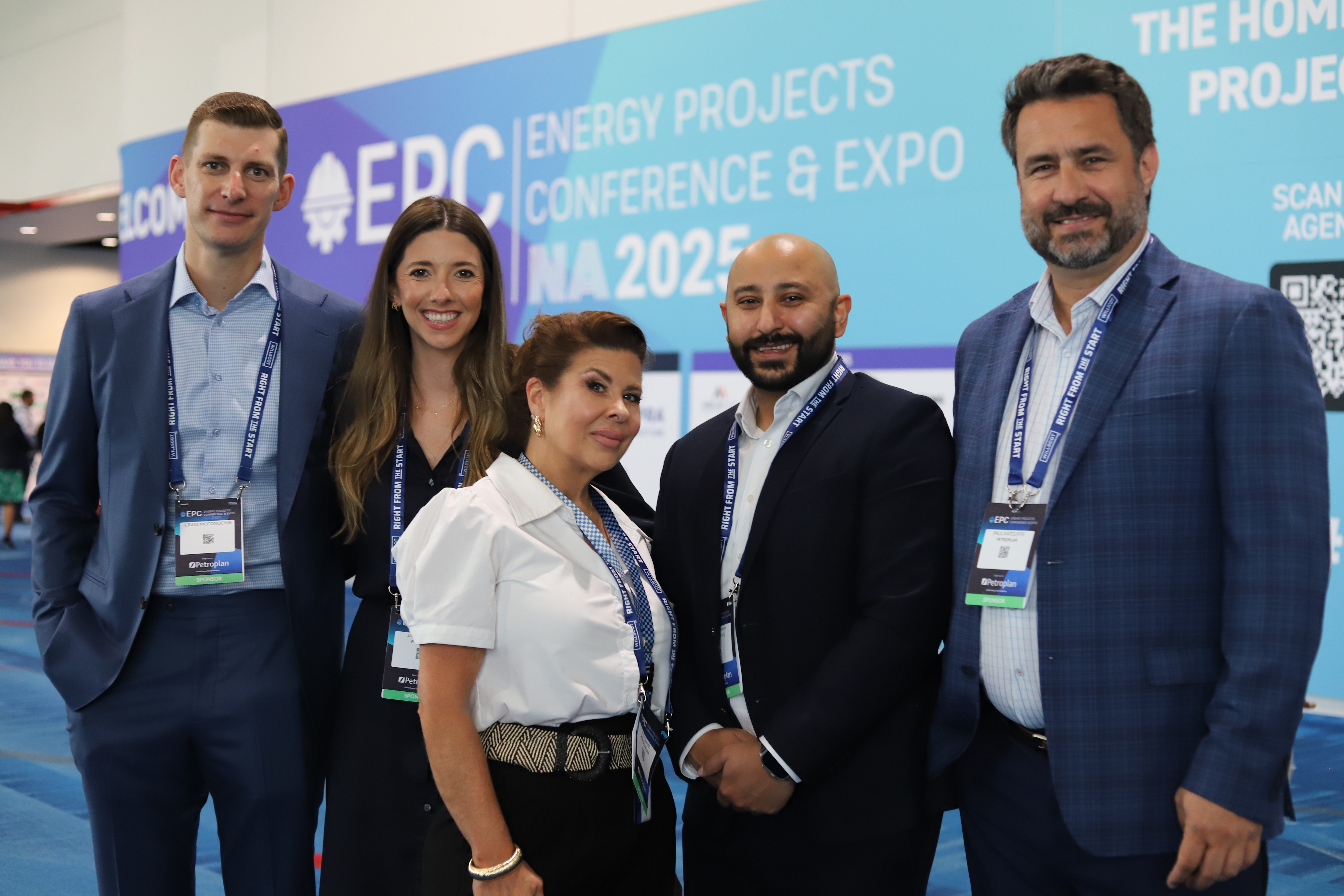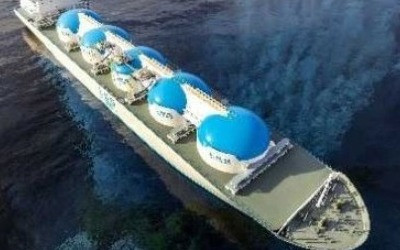June 12, 2020

Canada’s midstream oil and gas market has outperformed its peers in recent years, with Canadian C-corps beating the US market by 14% to April 7 to represent the largest portion of the North American energy infrastructure by market cap. Canada has the third-largest oil reserves in the world, with enormous long-term potential – yet ongoing challenges continue to disrupt activity in this space.
Access to tide water creates challenges
One of the primary issues with oil and gas extraction in the Canadian sedimentary basin is tidewater access. This is essential to be able to ship oil to refineries and overseas markets, yet Canada has struggled to achieve tidewater access due to its geographic makeup and political and environmental resistance. Despite being one of the world’s major producers of crude oil, Canada has just one main export market: The United States. A lack of pipeline access and increased production in both the US and Canada has led to Western Canadian crude oil being sold at a discount, which has emphasised the need for Canada to access new overseas markets with more demand for their oil. Much of Canada’s oil production is landlocked in Saskatchewan and Alberta, and a pipeline to tidewater would open up potential new markets for Canadian oil to command a better price than what it’s currently receiving in the US. Currently, pipelines out of Saskatchewan are full which means there is no access to tidewater, and the price differential between US oil and Canada oil can be significant, which combined create a significant challenge for local midstream companies to realise full market value for their product.
Four major projects generate more capacity
Canada currently has several major pipeline projects in process: Keystone XL, which is set to carry 830,000 barrels of crude oil a day from Alberta to Gulf Coast refineries in the US, Trans Mountain, which will see a capacity increase from 300,000 barrels per day to 890,000 barrels, and Line 3 Replacement, which will double capacity to 760,000 barrels per day. These projects represent around 1.8 million barrels of new capacity coming online over the next two to three years, resulting in significant financial benefits for local areas and Canada as a whole. In addition, there’s Shell’s LNG Canada project, which has the potential to produce 14 million tonnes of LNG each year. The joint venture has support from First Nations, all levels of government, business and the community, will allow Canada to ship to Asian markets and put Canada on the global map of LNG exporting countries.
Protests and politics halt progress
New pipelines have not been received positively by everyone in Canada and further afield.
The Trans Mountain pipeline has recently been in the news thanks to Alberta Energy Minister Sonya Savage. Ms Savage says the current ban on large public protests means that now is a good time to build new pipelines, after indigenous groups and environmentalists have heavily opposed the oil pipeline expansion, due to begin construction in December.
Despite Prime Minister Justin Trudeau declaring the project to be in the national economic interest, there have been many regulatory and economic hurdles that have halted progress. The British Columbia government, environmental campaigners and some First Nations have voiced opposition to the pipeline upgrade, while supporters maintain that it’s an essential boost to Canada’s energy sector and economy for years to come. The Canadian government has proven its support for new pipeline capacity by buying the Trans Mountain project from Kinder Morgan to ensure the project could survive.
Already the third-largest proven oil reserve in the world, Canada has the potential to have even larger oil reserves as technology evolves. In the oil sands, ultimate potential reserves are estimated to be more than 300 billion barrels. Meanwhile, the nation’s natural gas potential is estimated to be around 1,220 trillion cubic feet, with extraction seeming to be only a matter of time in terms of when technologies will be able to access untapped supply.
Despite this huge potential, there continue to be problems getting product to market, with strong political will creating regulatory issues for the industry. Take Quebec’s opposition to pipelines that resulted in the collapse of the Energy East project – despite the province being a major consumer of oil, thanks largely to its penchant for SUVs.

Until there is a replacement for oil and gas, Canada needs both
While renewable sources of energy continue to gain momentum, a clear successor to oil and gas has not yet emerged. Western society is built on energy, people continue to consume oil and gas and the economic benefits of such pipeline projects are enormous. On top of this, Canada ranks highly for corporate governance, corruption, transparency and environmental stringency compared to its oil-producing peers, with many in the local industry committed to cleaner, more environmentally friendly processes. The political will to push projects through to completion has been lacking recently, but if the three current major projects are seen through, we can expect to see a buoyant midstream market in the country in the coming years. More capacity would see oil and gas companies restart retired projects that were stymied due to tidewater access, with considerable creation of oil and gas jobs.
Covid-19 creates additional hurdles – and opportunities
In addition to politics and protects, the Canadian midstream market is also being impacted by the Covid-19 pandemic. Some project work has halted, mobilisation has been extremely challenging and now there are challenges surrounding returning to project sites. Despite this, Canada’s proactive energy industry continues to fight. Organisations are planning their return to work, with precautions such as visitation restrictions, quarantine and site screening introduced at sites across the country, as well as robust work from home policies. There has also been suggestion that project approvals will accelerate in Alberta on the back of legislation announced this month to encourage a post-Covid-19 industry revival.
Despite these positive steps, there remains a strong sentiment of frustration among Western Canada’s oil and gas industry. The federal government’s April announcement of a $1.7 coronavirus relief package to oil and gas has been met with anger by many in the industry which has a long history of significant contribution to the national economy. Canada’s oil patch representatives say pandemic loan programmes do not go far enough to help, and have specific requirements such as restricting executive compensation, prohibiting dividends, agreeing to have a government representative on their board and demonstrating contributions towards Canada’s net-zero emissions goal. Loans are offered with extremely high interest rates making them prohibitive for many in an industry which provides billions of dollars in tax revenues. Within our networks, the message we’re hearing time and again is that more should be done to support oil and gas, one of Canada’s major economic forces and providers of jobs. The industry provided $108 billion to Canada’s GDP in 2018 alone, supporting almost 530,000 jobs, and has the potential to grow even bigger and stronger – if the political will is there.
Stay updated and informed with Petroplan
With more than 40 years’ experience providing resourcing solutions to the global energy market, we make it our business to remain up to date on the latest industry news across the energy industry. Our ongoing conversations with candidates, clients, suppliers and providers in Canada and further afield mean we are ideally positioned to provide industry insights and advice to help guide your next move. Contact us to start a conversation or reach out directly to Andrew Beveridge, Petroplan’s Canada, Regional Manager, for more information.






You can also use your social account to sign in. First you need to:
To connect your social account you must Acknowledge the Terms & Conditions and Privacy Policy